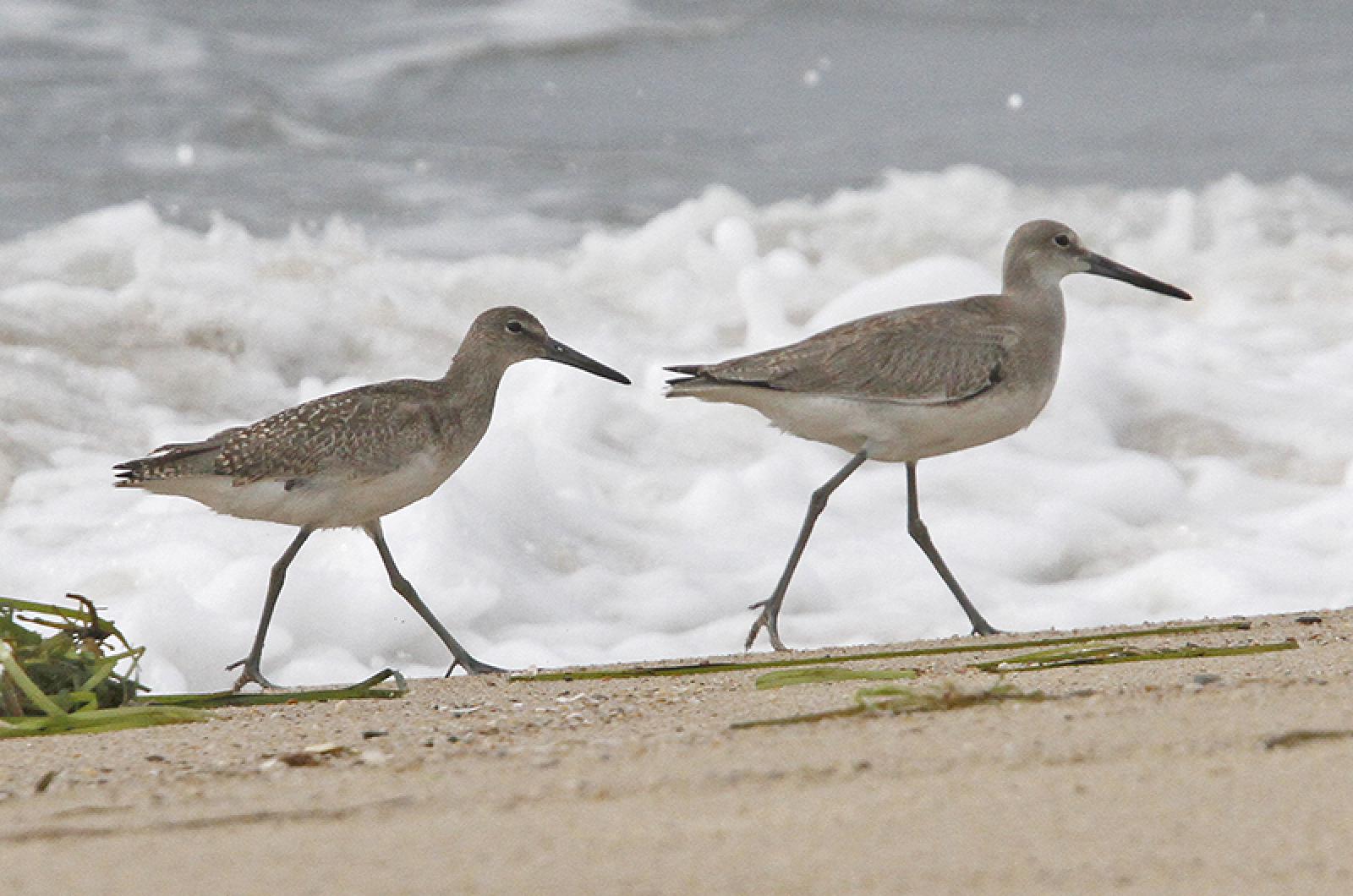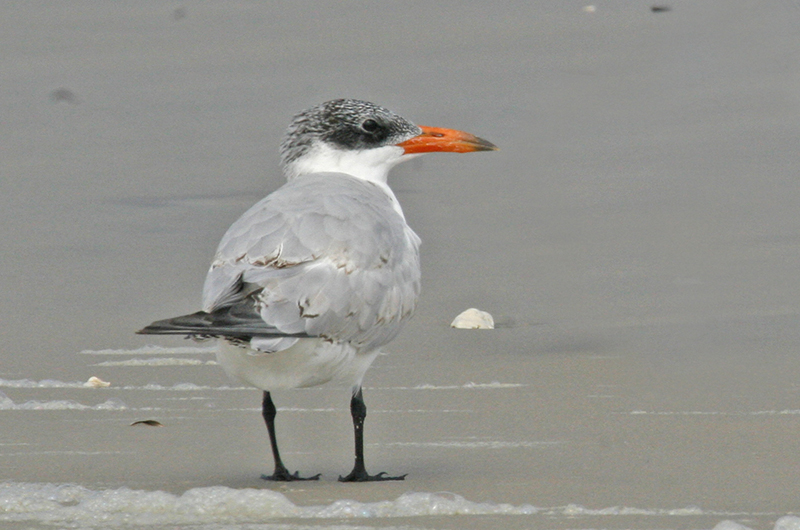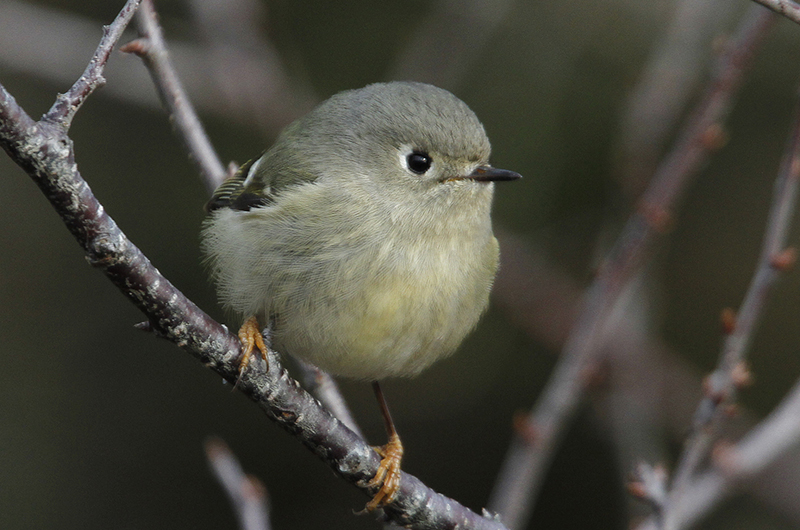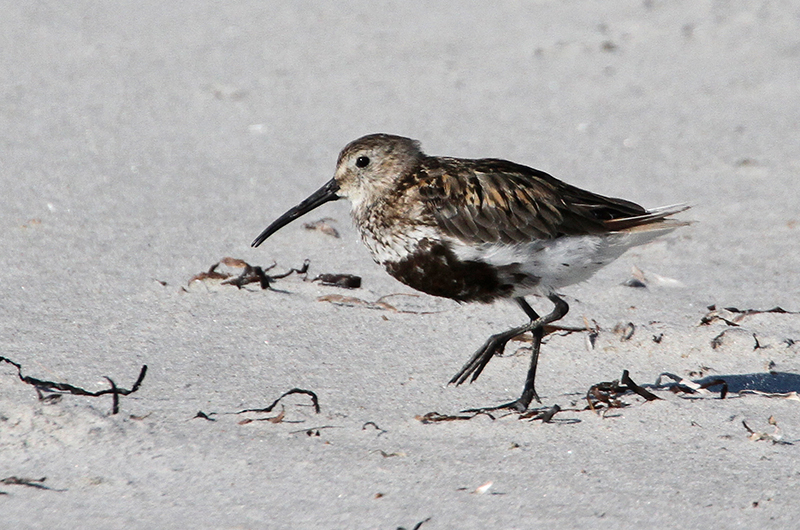By the end of September, most of our ruby-throated hummingbirds will have left. But are they ever still here; this past week, 36 different people have reported seeing hummingbirds. More people have reported sightings than at any other time this year.
They are: Thomas Mayhew, Tom Hodgson, Charlie Kernick, Marsha Eldridge, Debby Lobb Athearn, Ann Floyd, Jeanne Jonis, Kathy Landers, Rick Karney, Leila McCarter, Bill Jones, Sheilah Hughes, Jo-Ann Eccher, Lori Calio, Karen Swift-Shannon, Cg Burke, Pat Nagi, Sioux Eagle, Gus Ben David, Laura Hilliard, Sarah Waters Steigelman, Karen English, Meg Spokus, Kristen Wild, Daisy Kimberly, Mary Jane Nevin, Les Cutler, Moses Gazaille, Joan Jenkinson, Fred Huss, Lucinda Sheldon, Terry Cutler, Lisa Maxfield, Janet Sigler, John Nelson and me.
Just because the ruby-throats are about to depart for warmer climes does not mean that our hummingbird season is over and feeders can come down. Throughout the fall, we may get hummingbirds from the western part of the country visiting your feeder. They are not easy to identify and photographs may be necessary to confirm any identifications.
Two Caspian terns may be the best sighting this week. Susan Whiting and Geoff Muldaur found two at Quansoo on Sept 16. This large tern is much less common than the very similar but more common royal tern. Their other notable sightings were two whimbrel and five pectoral sandpipers.
American golden plovers, a fall specialty, were seen this week at Tisbury Great Pond. On Sept. 13, Susan Whiting, Bob Shriber and David Solon saw one, along with a spotted sandpiper. On Sept. 17, four goldens were spotted. The next day, Susan Whiting, Allan Keith and Warren Woessner found one and they also saw seven red knots, five dunlin, three white-rumped sandpipers, two common terns and a barn swallow. On Sept. 20, Susan Whiting, Bob Shriber, and Hugh and Joyce McCormick found a western sandpiper, eight red knots, and three golden plovers.
Western willets are another fall specialty that strays eastward; they are larger and more gray than their eastern counterparts that nest in our salt marshes. Warren Woessner found two on Sept. 14 at Little Beach.
Good birds continue to be found at Felix Neck. Steve Allen reports that two immature yellow-crowned night-herons continue to be present in the marshes there, along with a great blue heron, seven great egrets, two snowy egrets and a flock of more than 100 laughing gulls. I spotted one of the
immature little blue herons that have been frequenting Felix Neck, this time in a marsh near the Ocean Heights boat ramp on Sept. 18.
Other heron sightings include Warren Woessner’s two adult and one juvenile black-crowned night-herons at Sheriff’s Meadow on Sept. 16 and Delphine Mendez de Leon’s green heron along Chappaquiddick’s Katama Bay shoreline.
Ospreys are surprisingly abundant, although most of the 100 or so nesting pairs have departed. They have been seen by Jeff Bernier on Sept. 11 at Sengekontacket Pond, and Susan Whiting, Bob Shriber and David Solon on Sept. 13 at Tisbury Great Pond, Steve Allen saw two osprey at Felix Neck on Sept. 19 and Daisy Kimberly observed one taking a bath in a puddle on Sept. 19.
Eagles are still present too. On Sept. 16, Susan Whiting watched one ride out a thunderstorm on Big Sandy in Tisbury Great Pond before it moved to the osprey pole and was immediately strafed by the local osprey. Clint Merrill spotted an eagle during the past week; Walt Looney found one at Little Beach on Sept. 18; Cynthia Bloomquist spotted one at Chilmark Pond on Sept. 13; Paul Hackett found three at Lake Tashmoo on Sept. 14; Mike Shaw saw one at Gay Head on the same day; and Alec McCallum saw one at Edgartown Great Pond on Sept. 15.
Double-crested cormorants can still be found across the Island, although they are no longer concentrated at their two nesting colonies in Sengekontacket Pond. On Sept. 18, none were on Big Gravel and only a dozen were on Sarson’s Island. There were 27 cormorants perched on the shellfish rafts at the southern end of Sengekontacket Pond. Walt Looney counted 175 cormorants at Little Beach on Sept. 17, I saw 225 of them the next day, and Luanne Johnson and Margaret Curtin counted 330 cormorants there the day after that.
Other sites with cormorants include eight at Lake Tashmoo by Paul Hackett on Sept. 14; nine at Gay Head by Mike Shaw on Sept. 14; 119 at Edgartown Great Pond by Alec McCallum on Sept. 15; 12 at Gay Head by Maeve Maurer on Sept 18; and 75 at Long Point by Bob Shriber on Sept. 20.
And now the songbirds: this is supposedly their peak migration time. Of course, the Gay Head Cliffs feature prominently here, even on a windy day like Sept. 19, when the wind kept birds mostly out of sight in the thickets. Susan Whiting, Frank Murphy, Geoff Muldaur, Allan Keith and Bob Shriber might have seen a lot more had the weather cooperated.
Even so, their highlights are first of the season dark-eyed junco, ruby-crowned kinglet, and blackpoll warbler, as well as prairie warbler, northern parula, bobolink, cedar waxwing, northern harrier, flicker, and five tree swallows.
At Squibnocket that day. Allan Keith spotted four species of warblers: black and white, prairie, ovenbird, and yellow-rumped, Baltimore oriole, white-eyed vireo, red-eyed vireo, and a merlin. The next day, he spotted hermit thrush blue-headed vireo and at least seven red-eyed vireos at the Gay Head Moraine. At Squibnocket, there were five additional red-eyed vireos, parula warbler, prairie warbler and a white-throated sparrow.
Finally, whip-poor-wills have been chanting recently. They were heard by Shea Fee at Wasque and Dave Oster at Great Plains Road. Gus Ben David has had quite a few Cooper’s hawks passing through his yard and both spotted and solitary sandpipers. Jeff Peters spotted a Bonaparte’s gull in Vineyard Haven harbor on Sept. 14, Paul Hackett saw four wood ducks at Blackwater Pond on Sept. 15, and I had one tree swallow fly by me at Cedar Tree Neck on Sept. 19.
Please email your sightings to birds@mvgazette.com.
Robert Culbert is an ecological consultant with Nature Watch LLC living in Vineyard Haven.










Comments
Comment policy »